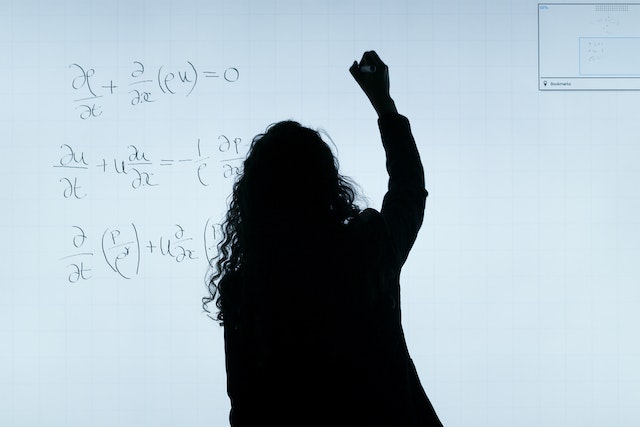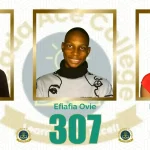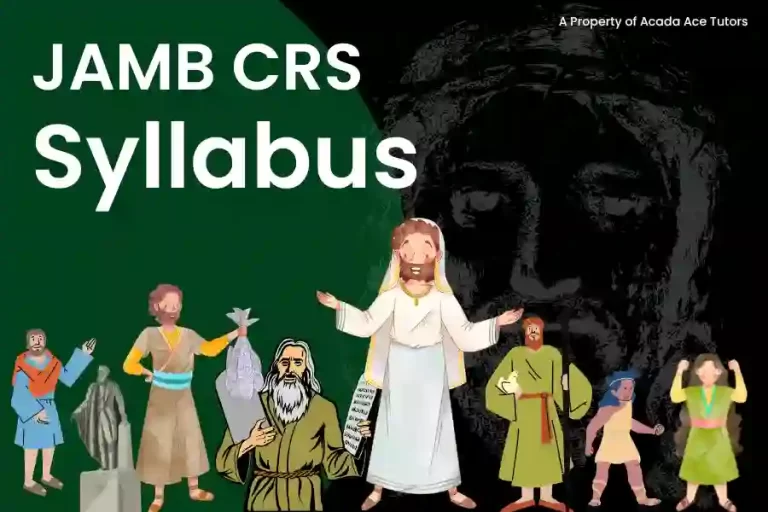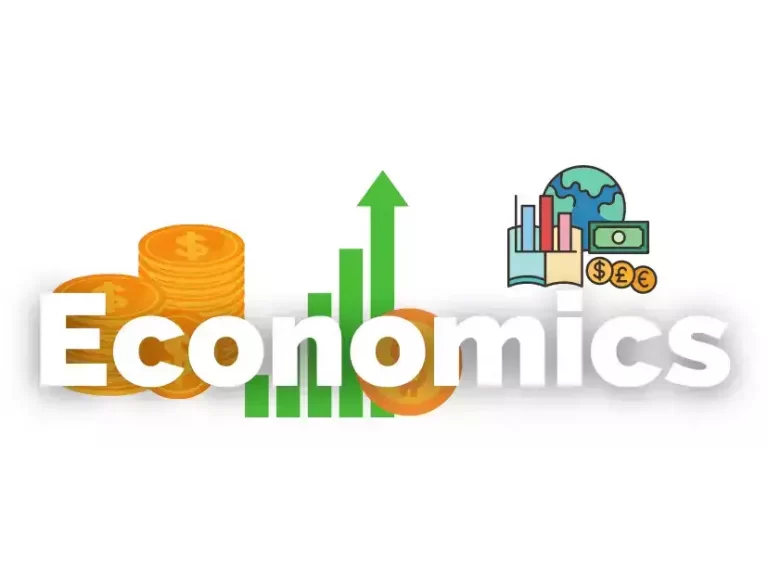JAMB Mathematics Syllabus 2024 (PDF) Download

General Objectives of JAMB Mathematics Syllabus
Here is the JAMB Mathematics Syllabus 2024 you have been looking for. The aim of the Unified Tertiary Matriculation Examination (UTME) syllabus in Mathematics is to prepare the candidates for the Board’s examination. It is designed to test the achievement of the course objectives which are to:
- acquire computational and manipulative skills;
- develop precise, logical and formal reasoning skills;
- develop deductive skills in the interpretation of graphs, diagrams and data;
- apply mathematical concepts to resolve issues in daily living.
JAMB Mathematics Syllabus 2024
- Number bases
- Fractions, Decimals, Approximations and Percentages
- Indices, Logarithms and Surds
- Sets
- Polynomials
- Variation
- Inequalities
- Progression
- Binary Operations
- Matrices and Determinants
- Euclidean Geometry
- Mensuration
- Loci
- Coordinate Geometry
- Trigonometry
- Differentiation
- Application of differentiation
- Integration
- Representation of data
- Measures of Location
- Measures of Dispersion
- Permutation and Combination
- Probability
What are the Mathematics Topics for JAMB Test in Exam?
JAMB Mathematics Syllabus 2024 syllabus is divided into five sections:
- I. Number and Numeration
- Algebra
- Geometry/Trigonometry
- Calculus
- Statistics
| TOPICS/CONTENTS/NOTES | OBJECTIVES |
| SECTION I: NUMBER AND NUMERATION. 1. Number bases: (a) operations in different number bases from 2 to 10; (b) conversion from one base to another including fractional parts. | Candidates should be able to: i. perform four basic operations (x,+,-,÷); ii. convert one base to another. |
| 2. Fractions, Decimals, Approximations and Percentages: (a) fractions and decimals; (b) significant figures; (c) decimal places; (d) percentage errors; (e) simple interest; (f) profit and loss percent; (g) ratio, proportion and rate; (h) shares and valued added tax (VAT). | Candidates should be able to: i. perform basic operations (x,+,-,÷) on fractions and decimals; ii. express to specified number of significant figures and decimal places; iii. calculate simple interest, profit and loss per cent; ratio proportion and rate; iv. Solve problems involving share and VAT |
| 3. Indices, Logarithms and Surds: (a) laws of indices; (b) standard form; (c) laws of logarithm; (d) logarithm of any positive number to a given base; (e) change of bases in logarithm and application; (f) relationship between indices and logarithm; (g) Surds. | Candidates should be able to: i. apply the laws of indices in calculation; ii. establish the relationship between indices and logarithms in solving problems; iii. solve problems in different bases in logarithms; iv. simplify and rationalize surds; v. perform basic operations on surds. |
| 4. Sets: (a) types of sets (b) algebra of sets (c) Venn diagrams and their applications. | Candidates should be able to: i. identify types of sets, i.e. empty, universal, complements, subsets, finite, infinite and disjoint sets; ii. solve problems involving cardinality of sets; iii. solve set problems using symbols; iv. use Venn diagrams to solve problems involving not more than 3 sets. |
| SECTION II: ALGEBRA 1. Polynomials: (a) change of subject of formula (b) factor and remainder theorems (c) factorization of polynomials of degree not exceeding 3. (d) multiplication and division of polynomials (e) roots of polynomials not exceeding degree 3 (f) simultaneous equations including one linear one quadratic; (g) graphs of polynomials of degree not greater than 3. JAMB Mathematics Syllabus 2024 | Candidates should be able to: i. find the subject of the formula of a given equation; ii. apply factor and remainder theorem to factorize a given expression; iii. multiply and divide polynomials of degree not more than 3; iv. factorize by regrouping difference of two squares, perfect squares and cubic expressions; etc. v. solve simultaneous equations – one linear, one quadratic; vi. interpret graphs of polynomials including applications to maximum and minimum values. |
| 2. Variation: (a) direct (b) inverse (c) joint (d) partial (e) percentage increase and decrease. | Candidates should be able to: i. solve problems involving direct, inverse, joint and partial variations; ii. solve problems on percentage increase and decrease in variation. |
| 3. Inequalities: (a) analytical and graphical solutions of linear inequalities; (b) quadratic inequalities with integral roots only. | Candidates should be able to: i. Solve problems involving closure, commutativity, associativity and distributivity; ii. solve problems involving identity and inverse elements. |
| 4. Progression: (a) nth term of a progression (b) sum of A. P. and G. P. | Candidates should be able to: i. determine the nth term of a progression; ii. compute the sum of A. P. and G.P; iii. sum to infinity of a given G.P. |
| 5. Binary Operations: (a) properties of closure, commutativity, associativity and distributivity; (b) identity and inverse elements (simple cases only). | Candidates should be able to: i. Identify various types of lines and angles; ii. solve problems involving polygons; iii. calculate angles using circle theorems; iv. identify construction procedures of special angles, e.g. 30º, 45º, 60º, 75º, 90º etc. |
| 6. Matrices and Determinants: (a) algebra of matrices not exceeding 3 x 3; (b) determinants of matrices not exceeding 3 x 3; (c) inverses of 2 x 2 matrices [excluding quadratic and higher degree equations]. | Candidates should be able to: i. perform basic operations (x,+,-,÷) on matrices; ii. calculate determinants; iii. compute inverses of 2 x 2 matrices. |
| SECTION III: GEOMETRY AND TRIGONOMETRY. 1. Euclidean Geometry: (a) Properties of angles and lines (b) Polygons: triangles, quadrilaterals and general polygons; (c) Circles: angle properties, cyclic quadrilaterals and intersecting chords; (d) construction. | Candidates should be able to: i. Calculate the perimeters and areas of triangles, quadrilaterals, circles and composite figures; ii. find the length of an arc, a chord, perimeters and areas of sectors and segments of circles; iii. calculate total surface areas and volumes of cuboids, cylinders. cones, pyramids, prisms, spheres and composite figures; iv. determine the distance between two points on the earth’s surface. |
| Candidates should be able to: i. Determine the midpoint and gradient of a line segment; ii. find the distance between two points; iii. identify conditions for parallelism and perpendicularity; iv. find the equation of a line in the two-point form, point-slope form, slope intercept form and the general form. | Candidates should be able to: i. Calculate the perimeters and areas of triangles, quadrilaterals, circles and composite figures; ii. Find the length of an arc, a chord, perimeters and areas of sectors and segments of circles; iii. Calculate total surface areas and volumes of cuboids, and cylinders. cones, pyramids, prisms, spheres and composite figures; iv. Determine the distance between two points on the earth’s surface. |
| 3. Loci: locus in 2 dimensions based on geometric principles relating to lines and curves. | Candidates should be able to: identify and interpret loci relating to parallel lines, perpendicular bisectors, angle bisectors and circles. |
| 4. Coordinate Geometry: (a) midpoint and gradient of a line segment; (b) distance between two points; (c) parallel and perpendicular lines; (d) equations of straight lines. | Candidates should be able to: i. Determine the midpoint and gradient of a line segment; ii. Find the distance between two points; iii. identify conditions for parallelism and perpendicularity; iv. find the equation of a line in the two-point form, point-slope form, slope intercept form and the general form. |
| Candidates should be able to: i. calculate the sine, cosine and tangent of angles between – 360º ≤ Ɵ ≤ 360º; ii. apply these special angles, e.g. 30º, 45º, 60º, 75º, 90º, 1050, 135º to solve simple problems in trigonometry; iii. solve problems involving angles of elevation and depression; iv. Solve problems involving bearings; v. apply trigonometric formulae to find areas of triangles; vi. solve problems involving sine and cosine graphs. | Candidates should be able to: i. Calculate the sine, cosine and tangent of angles between – 360º ≤ Ɵ ≤ 360º; ii. apply these special angles, e.g. 30º, 45º, 60º, 75º, 90º, 1050, 135º to solve simple problems in trigonometry; iii. solve problems involving angles of elevation and depression; iv. Solve problems involving bearings; v. Apply trigonometric formulae to find areas of triangles; vi. Solve problems involving sine and cosine graphs. |
| SECTION IV: CALCULUS 1. Differentiation: (a) limit of a function (b) differentiation of explicit algebraic and simple trigonometrical functions – sine, cosine and tangent. | Candidates should be able to: i. find the limit of a function ii. differentiate explicit algebraic and simple trigonometrical functions. |
| 2. Application of differentiation: (a) rate of change; (b) maxima and minima. | Candidates should be able to: solve problems involving applications of rate of change, maxima and minima. |
| Candidates should be able to: i. solve problems of integration involving algebraic and simple trigonometric functions; ii. Calculate area under the curve (simple cases only). | Candidates should be able to: i. Identify and interpret frequency distribution tables; ii. interpret information on histogram, bar chat and pie chart. |
| SECTION V: STATISTICS 1. Representation of data: (a) frequency distribution; (b) histogram, bar chart and pie chart. | Candidates should be able to: i. Identify and interpret frequency distribution tables; ii. interpret information on histogram, bar chart and pie chart. |
| 2. Measures of Location: (a) mean, mode and median of ungrouped and grouped data – (simple cases only); (b) cumulative frequency. | Candidates should be able to: i. calculate the mean, mode and median of ungrouped and grouped data (simple cases only); ii. use ogive to find the median, quartiles and percentiles. |
| Measures of Dispersion: range, mean deviation, variance and standard deviation. | Candidates should be able to: calculate the range, mean deviation, variance and standard deviation of ungrouped and grouped data. |
| Permutation and Combination: (a) Linear and circular arrangements; (b) Arrangements involving repeated objects. | Candidates should be able to: solve simple problems involving permutation and combination |
| Probability: (a) experimental probability (tossing of coin, throwing of a dice etc); (b) Addition and multiplication of probabilities (mutual and independent cases). | Candidates should be able to: solve simple problems in probability (including addition and multiplication). |
You may also like any of the following:
- Biology Syllabus
- Chemistry Syllabus
- English Syllabus
- Physics Syllabus
- Government Syllabus
- Economics Syllabus
- Commerce Syllabus
- Agriculture Syllabus










This is a really helpful article. If one really follows these steps, 300 is not far from such a person.
Thank you for this.
Please I also need help with mathematics
Please sir l willy need help in maths so to improve more and get 350 in my jamb please sir help me
hello, Juliet
Please send a message to me through the whatsapp icon at the bottom right corner of the screen.
Sir I also need your help with mathematics
Hello, Busayo. We are happy that you find this useful. Kindly use the chat icon to send me a personal message on WhatsApp.
This is so nice and indeed a brilliant article that brings and draws success very close.
Thanks so much for this.
Please I also need help with mathematics